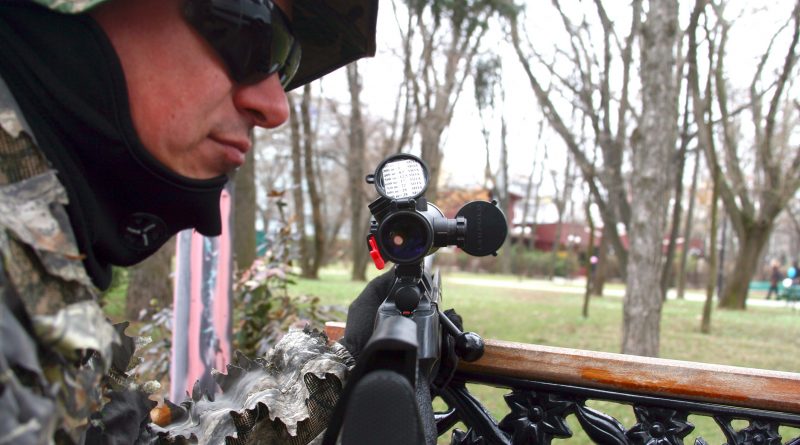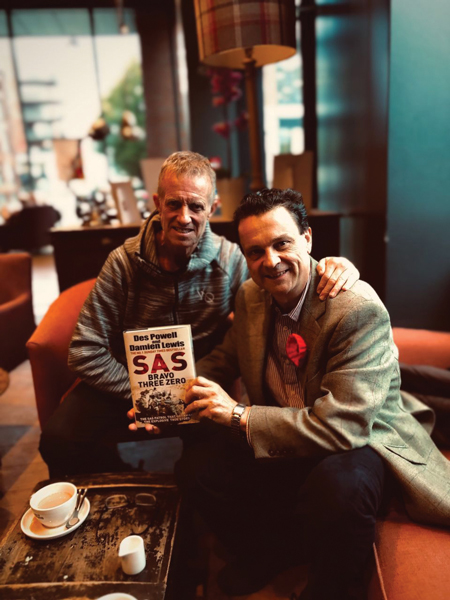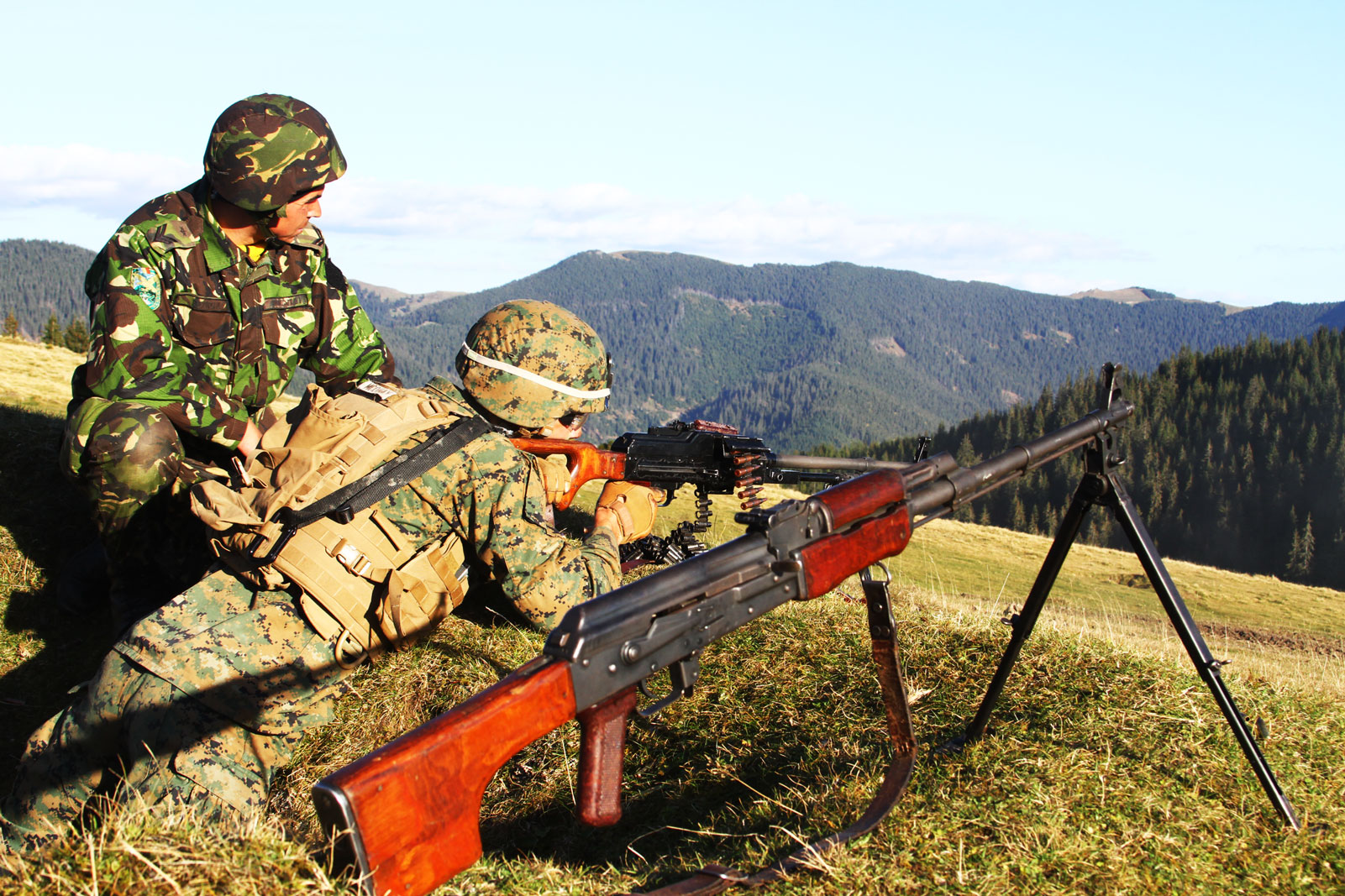Don’t run from snipers, you’ll just die tired
In Romania, we first heard about the snipers from the American movies. Then we start seeing them at different occasions, like a national celebration, open days’ events or Police Day.
Starting from few photos taken at one of those events, I manage to get an interview with one of the police snipers, the chief of the snipers’ team from the Romanian Independent Special Actions and Intervention Service (SIIAS).
Out of his ghillie suit, the sniper is just one of us, happy, friendly, and open. He responds to all my questions with pleasure and he speaks with passion, the same passion that he had for his job in over two decades of work.
I start my interview with the banalest and simple question of all, and the answer flows for tens of minutes, sometimes answering other questions that I had prepared.
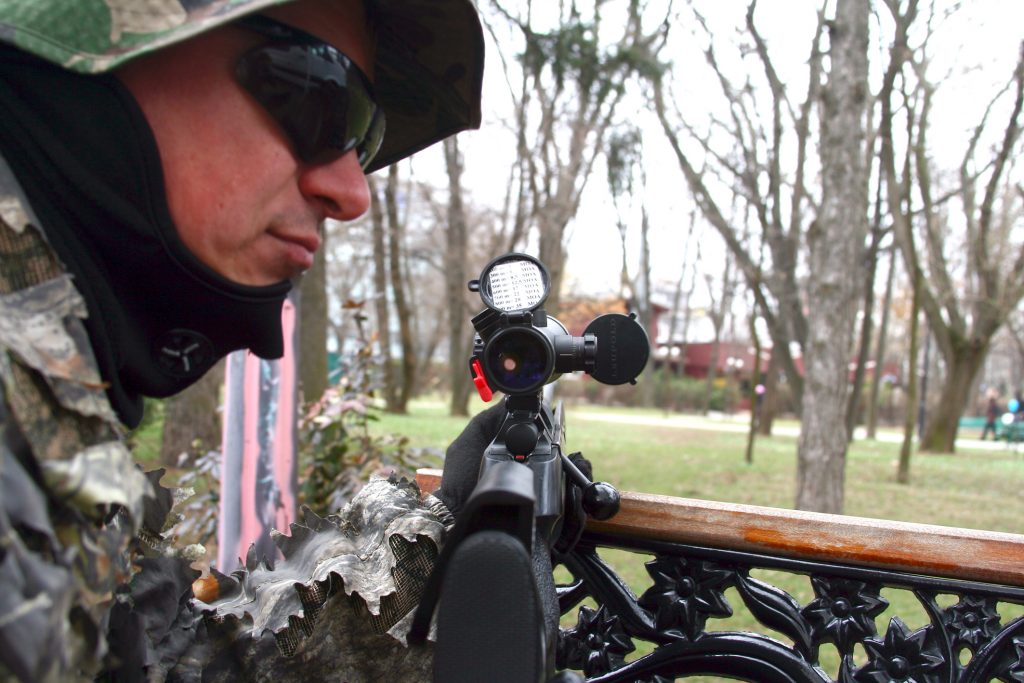
Tactica Magazine: Why did you choose this job and how you started?
Sniper: I loved it since I was a small child. My first encounter with this job was when I was in the fifth grade. I was living close to the border, and I had access, in one open days’ type of event at the Border Patrol Headquarters, to a PSL (Pusca Semiautomata cu Luneta – a semi-automatic rifle with scope). From all the weapons that were exposed there, I was fascinated with the PSL. I think that in half of hour I’ve learned to handle all the weapons that they show me. Every summer, in the holiday, all day long I was on the border, mounting and dismounting weapons. I shouldn’t have been giving a weapon, but…. This is what I was doing. When I joined the Army, I used the same rifle.
In the Police force, for a long time, the sniper was like a Cinderella, ignored and misunderstood. Nobody knew what it really meant. There was a guy that was doing this too. He was going to the firing range, fired from 100 m and if he hit the target and got a 10, he was good. [10 – the central point from a target, +10 is the best score one can obtain with a single bullet]. In reality, being a sniper is way different.
This situation was going on long after ’89. Then, having more and more contacts with the police forces from West Europe, and seeing what it really meant to do this job, we started to learn and to get more information. The situation really started to change around 1999, when we received two PSG (Präzisions-Schützen-Gewehr), manufactured by HK (Heckler & Koch). It was a huge step ahead. Then we saw that in open field, and at long distances, we cannot fire as we used to. If the wind was blowing or something happened, we missed the target. We wonder why. So, we go on the internet and start researching. This is how we learned. We saw that a sniper uses a ballistic program, that gives him the bullet trajectory taking into consideration the weather conditions and the firing distance.
The first contest that we went to was a turning point. It was an international championship in Hungary, in 2004. To prepare for it, we went in the field and we fire for two weeks, and we write down everything. If there was the sun, the time of the day, the direction of the wind and its speed. How fast was the wind? 5m/sec. How did I fire? I should adjust by 3 clicks. That was our first ballistic program and I still have those papers.
At the contest, when those with a longer experience saw us there, they ask us what were we doing there. “We’re in the contest” we answer. “With those weapons?” “Yes” “And with that ammunition?” “Yes”. It was normal war ammunitions, and the one used by snipers is different. “If you say so” they answer us.
We looked at the ones we believed to have more experience, to be professionals. They all have carabiners. The ones with semi-automatic rifles were like us, not necessary from East Europe, some were from the Middle East, some from the Hungarian Army, we all had PSL or Dragunov.
In that year, with our papers, calculating what we had recorded with the situation on the field, we overpass all those that were firing with the semi-automatic rifles. In rest, everyone else beat the hell out of us. At short range, we manage to get some points. But the first day we had zero points. Our boss was black with anger. When the speed and reacting shooting started, we started to collect some points. This is how we beat the ones with the semi-automatic rifles, but we still came on the 70th place.
For us, that was a good experience. We saw what it really means and it should be done. We ask what ballistic program they use and they told us that it is a program made by a Swedish mathematician and that it is free on the web like its creator wanted it. Is the best ballistic program. We found it, we took it, and we ask for weapons. We were given SSG 3000. Not the best but is the top three.
We didn’t participate in the contest in the next year but in 2006. We were by now specialists. We had a ballistic program, we learned how to use it, and we get the fifth place, that no one there could believe it. Some of the snipers that we looked at as if they were gods two years back, now came to congratulate us. That was a huge satisfaction. Because they remember us and how we were when we first came and what equipment we had, and they saw our evolution and the jump we did.
This is how we started. We were pioneers with the ballistic part, me, my boss and two other guys. One has died, the other left the system. So, I and my boss had to put together and train a team. We selected few peoples and we started the training. Most of them followed the same training as I did. Because I used the contests to make friends and meet snipers from around the world. They invited us to different pieces of training and classes. Otto Simonyi, one of the best sniper in the world, several times international champion, was one of those who invited us to train. He liked me, used to call me fox because I steal everything I could from him as far as the job goes. So, we went in a couple training in Hungary and he came once in Romania to teach us.
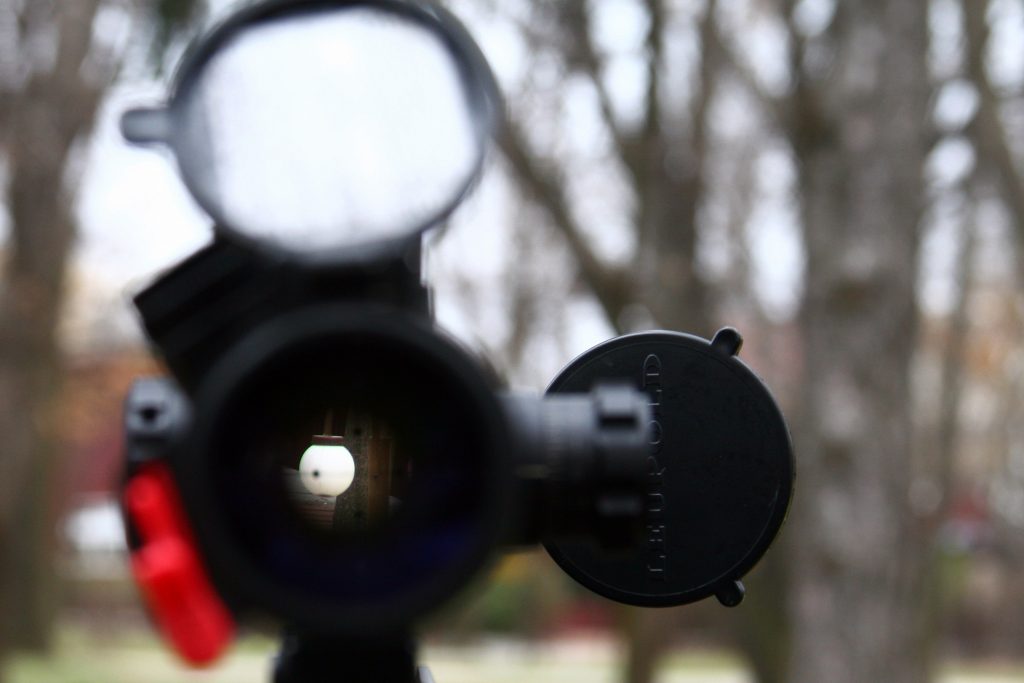
TM: What does a sniper have to know? What is his training?
S: First of all, the fighter has to have a good mental health and be a strong character, to be calm and with a great control. This is the first thing I ask from a fighter. After that, he needs to know the weapon. To feel it when he fires. I, if I fire a shot I know if I hit or if I missed.
Then he needs the how to use the ballistic program, which varies according to the weapon and ammunition. He must have a great physical condition. He must able to train with all the gear that the team uses. Because, after his part, as the sniper job is done, he has to go to support the team just as another fighter. Maybe they need help. I take the assault weapon, like the rest of the guys and I help them. Or there are missions where, because of the terrain, you cannot go in as a sniper. Then I join the team as one of the fighters.
TM: Where do you do your training?
S: There are some fire-ranges but are too short for me. For me, the fact that I don’t have a fire-range is a good thing. Having a fire-range that we can use, me and my team will learn it, and we will make no progress. But, not having a fire-range, I go to different places in the country. I use the Army’s fire-ranges or the SPP’s ones. Each location is different so I improve. I have the wind from different directions, I have different altitude, I have hills and valleys. And that is a huge advantage for me. In the large fire-ranges, like the one the Army has, I encounter the same real-life conditions as the ones in which I do my job in. I can see if the ballistic program works if the ammunition that I use is good or not. Because I have ammunition for short or long distances, lighter or heavier, perforating ammunition that passes through windows, that doesn’t deviate the bullet. Because at a certain angle a windscreen will deviate the bullet and I might hurt my colleagues. There are things that are learned from practice and having different locations helps. It’s great that I find understanding among other forces, and also, we change information about weapons and ammunition.
We also have training camps, which are useful. I get to fire at different times of the day, from early morning till night. And I see how the bullet behaves in the morning when is colder, during the day with the sun, or in the evening. And then there is the light. There’s a difference between shooting at an artificial lighted target and at the one that is lighted naturally. In the field, you have the mirage and you can no longer see the target. Then there are fire-ranges with cross winds, and the settings from one side are not working on a different side.
All these things you get them by working. And it doesn’t take few days. It took me 4-5 years so I can say I am good. I can hit without problems a target 300 meters away, without having doubts that I can make the shoot. Now I fired at 490 meters, with a 12 m/sec wind, that I could barely stand, and I hit 8.
I even hit a bottle. We use bottles as targets from practical reasons. At long distances or in high wind is hard to watch through the scope and see if I hit or not my target. So, I use a bottle or a small object so I can see if I fire near it or on the ground. I see where the dust rises. On a target, I cannot see as easily and I lose time if I have to go and check. But like that, I can see where I fire and I can make the necessary corrections.
We also use the abandoned buildings from the fire ranges. It’s a different feeling when you fire from a room. You may have the surprise of having pieces of the ceiling falling on you. Then you have the noise and the dust. We saw that if you fire from the open ground, the grouping is about 5 cm. If we fired from inside a building, the grouping was about 20 cm. In a building, you don’t have a comfortable position.
TM: What is the structure of a sniper team?
S: The team is always made by a sniper and a spotter. Comparing with the teams from the rest of Europe or USA, they have half of the force snipers and the other half normal intervention. There 80-90% of interventions are resolved using snipers. We do the same, meaning that we use the snipers‘ team to cover the intervention teams. Until now, in Romania, at none of the interventions I’ve participated in, have I required firing. But is easy to eliminate a target using a sniper team than an intervention one.
TM: How can someone get into the SIAS sniper team?
S: First of all, he has to have experience as a police officer, either as a fighter or as a street patrol. After he works hard and goes through all the tough situations for few years, when he is around 30 years old he can come to me so I can see him and decide if is any good for the job or not.
Officially, the interview is over, but on my way out he answers to some personal curiosities. “From all the snipers you know, from whom you learned the most?” “Otto Simonyi. That’s clear! Then the Russians. Generally, the ex-soviets have a long tradition in the job.” “How long have you stood in one place without moving?” “From evening till next day at noon.” How much does your gear weigh?” No answer. “If you cannot tell me…” “I can. Just let me see… the rifle has 7 kilograms, and I have my standard gear will all the weapons that all the fighters have, then there is the telemeter, binocular anemometer, telescope ….”

